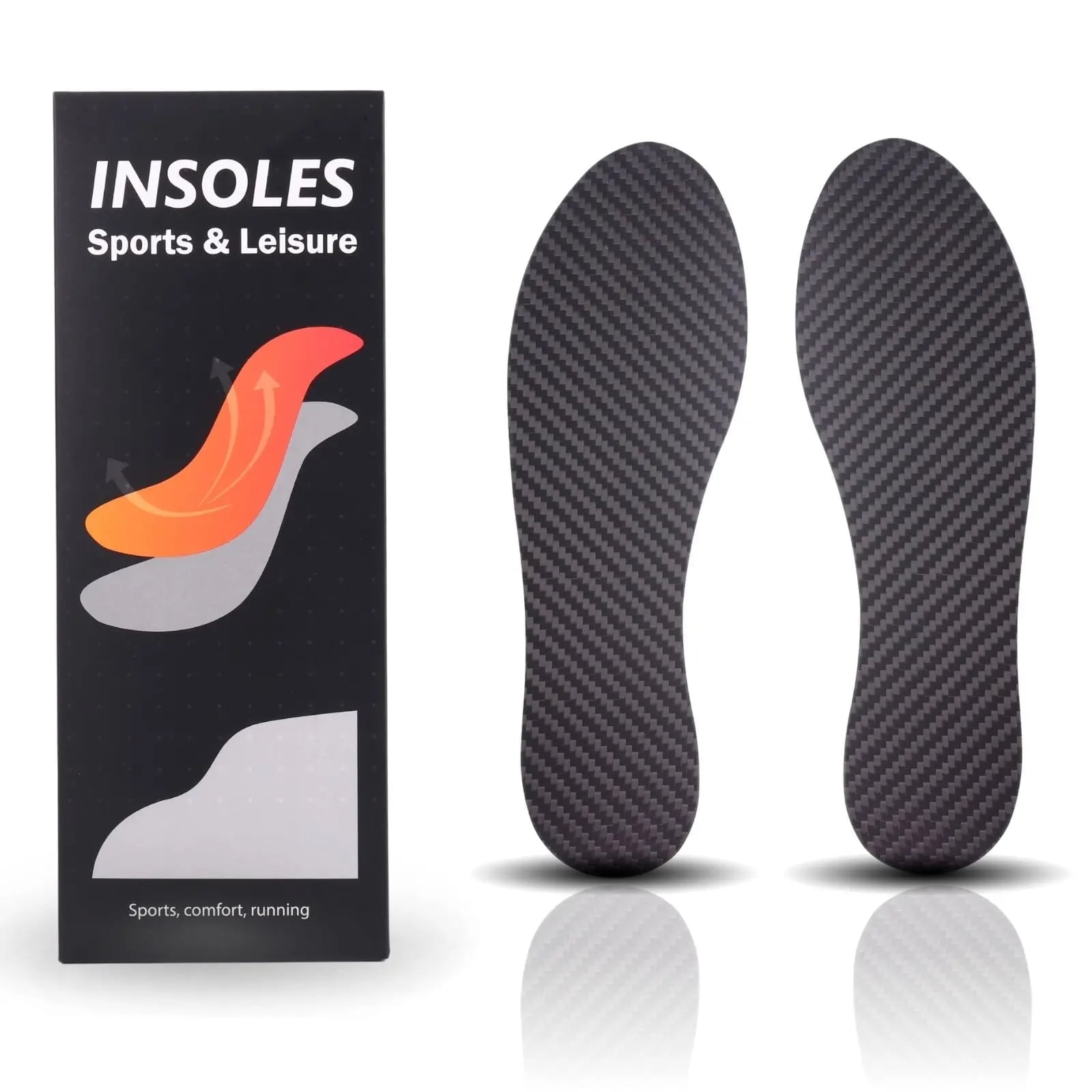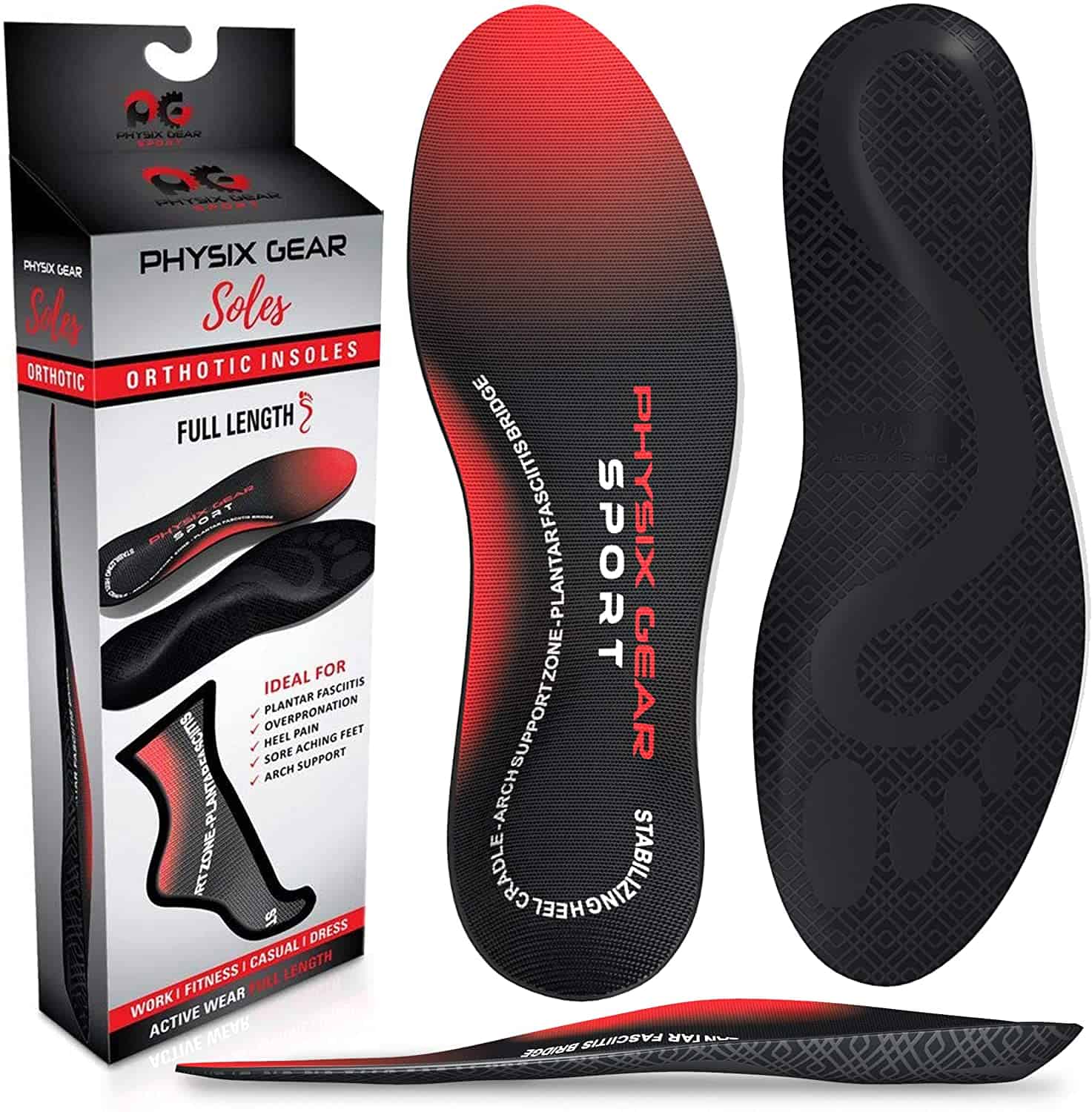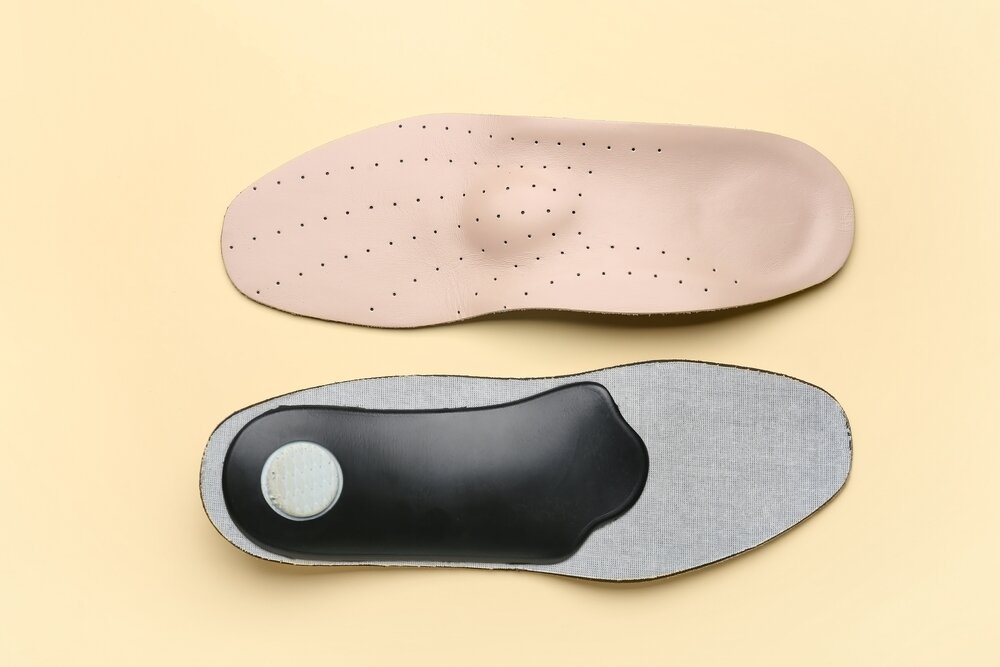Shoe Inserts For Basketball Players

The squeak of sneakers against polished hardwood. The roar of the crowd, a tidal wave of energy. But beneath the surface, unseen by the casual observer, a subtle revolution is taking place, one step at a time. It's happening inside the shoes of basketball players, where carefully engineered inserts are changing the game.
The rising popularity and advancement of basketball shoe inserts are quietly transforming player performance and recovery, offering customized support, enhancing comfort, and potentially reducing the risk of injuries. This article explores the evolving landscape of basketball shoe inserts, examining their benefits, the science behind their design, and their growing significance in modern basketball.
The Evolution of Support: From Basic to Bespoke
For years, basketball shoes were largely about branding and aesthetics. The insoles that came standard were often an afterthought, providing minimal support or cushioning.
But as athletes and coaches became more aware of biomechanics and the importance of foot health, the demand for better support grew. Companies began experimenting with different materials and designs, leading to the development of specialized inserts.
Science on the Court
The core principle behind basketball shoe inserts lies in biomechanics. The foot is a complex structure, bearing the full weight of the body and absorbing tremendous impact during running, jumping, and landing.
Inserts can improve alignment, distribute pressure more evenly, and cushion the foot, reducing stress on joints and muscles. Different materials, such as gel, foam, and carbon fiber, offer varying degrees of support and cushioning.
According to a study published in the Journal of Sports Science & Medicine, customized orthotics can significantly reduce plantar pressure in athletes, potentially leading to improved performance and reduced fatigue.
Benefits Beyond Comfort: Performance and Injury Prevention
The advantages of using shoe inserts extend beyond mere comfort. Players are discovering noticeable improvements in their game.
Increased stability, improved balance, and enhanced energy return are just some of the performance benefits reported by athletes. The customized support can also help prevent common basketball injuries, such as ankle sprains, plantar fasciitis, and knee pain.
"I used to suffer from chronic foot pain after every game," says Mark Jackson, a former college basketball player. "Since switching to custom inserts, my pain has significantly decreased, and I feel like I can play harder for longer."
The Customization Craze
While off-the-shelf inserts offer a general level of support, customized orthotics are becoming increasingly popular among professional and serious amateur players.
These inserts are designed based on individual foot scans and biomechanical assessments, ensuring a perfect fit and optimal support. This level of personalization addresses specific foot conditions and playing styles, maximizing the benefits for each athlete.
Companies like FootBalance and Superfeet are leading the way in customized insert technology, offering innovative solutions for athletes of all levels.
The Future Underfoot: Technology and Innovation
The future of basketball shoe inserts is bright, driven by ongoing research and technological advancements. Expect to see more sophisticated materials, 3D-printed designs, and sensor-embedded inserts that provide real-time feedback on foot pressure and biomechanics.
The integration of data analytics will further personalize the experience, allowing athletes and coaches to fine-tune their support systems for optimal performance and injury prevention. We may be on the verge of an era where shoe inserts are as crucial as the shoes themselves.
The subtle revolution happening inside basketball shoes is a testament to the power of innovation and the growing understanding of biomechanics. As players continue to prioritize foot health and performance, shoe inserts will undoubtedly play an increasingly vital role in shaping the future of basketball.


















